The urban farming life, man. There’s nothing like it.
Seven years ago we dove into growing our own food on an acre here in Phoenix, Arizona. It’s been seven years of learning & growing with plenty of ups & downs, but we wouldn’t change it for the world.
There’s something magical about gathering eggs, bringing in fresh milk, & picking ripe fruits & vegetables. And the best part about urban farming is that you don’t have to have acres of land to be able to get started in your backyard.
What we grow here on our urban farm
Like I said, we live on an acre of land, but really, we only utilize about 1/2 of that. We have big plans to incorporate more projects here, and I love that we have plenty of room to still do that.
We have a steady year-round supply of eggs from our 15 egg-laying chickens, milk from our 2 goats, & meat from our own grass-fed lamb & meat chickens.
On top of that, we have a large 500 sq. foot garden & over 20 fruit trees & bushes.
You can see more details of everything we grow & raise on our urban farm here.
Urban Farming: How to get started
Before you begin, you need to decide what your priority foods are first. Everything can be expanded upon as you learn more so just start with the basics. Does your family eat a lot of eggs or drink milk? Would you like to eat fresh fruit or veggies from your backyard? What about raising meat? Is that something that you’d like to get into?
You also need to check out your local rules & regulation for urban farming. There’s usually some leeway with rules regarding urban farming so you may be able to get away with things you didn’t think you could, but still, it’s important to know what you’re up against should a neighbor complain.
Getting started with Raising Animals
Egg-Laying Chickens
The easiest of all is to start raising laying chickens to get a steady supply of eggs. Chickens are amazing because they really do regulate their own care. You basically make sure food & water are available and that they have a place to perch at night and a place to lay their eggs. That’s it. They do the rest. The awesome thing about raising chickens in an urban farming setting is that you usually don’t have predators so you can let your chickens “free range” or roam a yard by themselves all day. A chicken loves routine and will wake up at the crack of dawn, and spend their days roaming the yard for bugs. They’ll walk back to the coop a few times a day for water/food or to lay eggs. You don’t need a rooster in order for your chickens to lay eggs, and I wouldn’t recommend one in an urban setting as that cock-a-doodle-doo sound isn’t as fun at 3 am. (they crow all day & night, not just during sunrise)
Costs of raising egg-laying chickens:
Chickens are one of the most budget-friendly animals to raise. We priced it out that to raise organic, non-gmo, free-range eggs here, it cost us about $1/dozen eggs, which is amazing considering you’d pay $4-6/dozen at the store or a local farm.
Supplies you’ll need to raise egg-laying chickens:
If you want to learn more about raising egg-laying chickens, check out my favorite guide here.
Meat Chickens
Most people think they can just butcher their egg-laying chickens, but you actually need to raise a different breed for the purpose of meat. The reason why is that egg-laying chickens put all their energy into egg production, so they won’t have large muscles and will be rather skinny. A meat chicken will have more meat on its bones, so those will be the ones you’ll want to invest your more expensive feed into. It takes about 8-12 weeks to raise a meat chicken to butchering age, and this depends on the breed you raise.
Costs of raising meat chickens:
We’ve been able to raise meat chickens for about $3.52/lb. for organic, non-gmo meat. You can see a more detailed breakdown here of what it costs to raise chickens for meat.
Supplies you’ll need to raise meat chickens:
If you want to learn more about raising chickens for meat, read my article here. When it comes to butchering, try my easy method here.
Raising Goats
Now we get into the fun stuff. The very first animal I purchased for our farm was a goat, and we’ve had them here ever since. The milk tastes AMAZING and we still can’t believe that we’ve only been drinking goat’s milk for the last 7 years. Don’t let the flavor of goat’s cheese or storebought goat’s milk turn you away from goat’s milk. If you get the right breed of goat, trust me, you won’t be able to tell the difference between cow & goat’s milk. In order for a goat to be milked, it needs to give birth to babies to kickstart the process. You can milk your goat once or twice a day, depending on your schedule. They are actually really simple animals. They eat hay, you give ’em a handful of grain during milking time, and you milk your goat for the fresh milk. There’s still a lot more to it than that to care for them, but those are the basics.
Costs of raising goats:
It costs us about $2/gallon for goat’s milk, which is incredibly reasonable considering goat’s milk is pretty expensive at the store at around $20/gallon.
Supplies you’ll need to raise goats:
- Check out my resources page for a listing of supplies you’ll need to raise goats
If you want to learn more about raising goats for milk, read my main article here, then check out all my goat articles here.
Raising Sheep
I love sheep. They are so different in temperament than goats. Sheep are slow, graceful, simple creatures. They won’t try to escape their fence, they’ll just happily graze all day. We keep sheep for two purposes – to raise for meat and to milk. There are dual-purpose breeds you can purchase so that you can raise the females for milk and raise the males for meat. Lambs are sheep that are under 1 year of age. We typically let our male sheep grow until around the year mark, then we’ll butcher. Our sheep are Lacaune/East Friesian crosses.
Costs of raising sheep:
We’ve been able to raise lamb meat for less than $1/lb. and it’s all grass-fed, so it’s completely affordable. They thrive on a simple diet of grass so it can be a great asset to a farm as they’ll be the lawn mower and fertilizer in one, while they’re growing meat for your family.
What you need to know before raising sheep:
If you want to learn more about raising grass-fed lamb, read my article here. When it comes to butchering, here’s our tutorial, Part 1 and Part 2.
Starting a Garden
People get so overwhelmed with gardening, but it’s really a lot simpler than you think! If you start with the right soil combination, then all you need to do is start with beginner veggies and expand from there!
Costs of gardening:
Water is your biggest expense in gardening. We’ve been able to really reduce our watering costs by using wood chips in our garden. They help feed the soil and provide a top layer of protection against evaporation. And really, you don’t have to do raised garden boxes, you can plant directly in the soil as well.

Growing Fruit & Nut Trees
Fruit & nut trees have been our most recent obsession. They are really fun because after the first few years of care, they basically take care of themselves. What’s even more fun is once you figure out a tree’s needs, you can plant a large variety of types. We’ve been planting tropical trees even here in Arizona. The fascinating thing about trees is that by simply adding mulch around the base, the tree will feed itself, and you only need to add a sprinkling of compost to help fertilize.
Costs of fruit & nut trees:
Younger trees will cost less, but take longer to produce fruit or nuts. The average cost will be around $10-$30 per tree that is 1-2 years old.
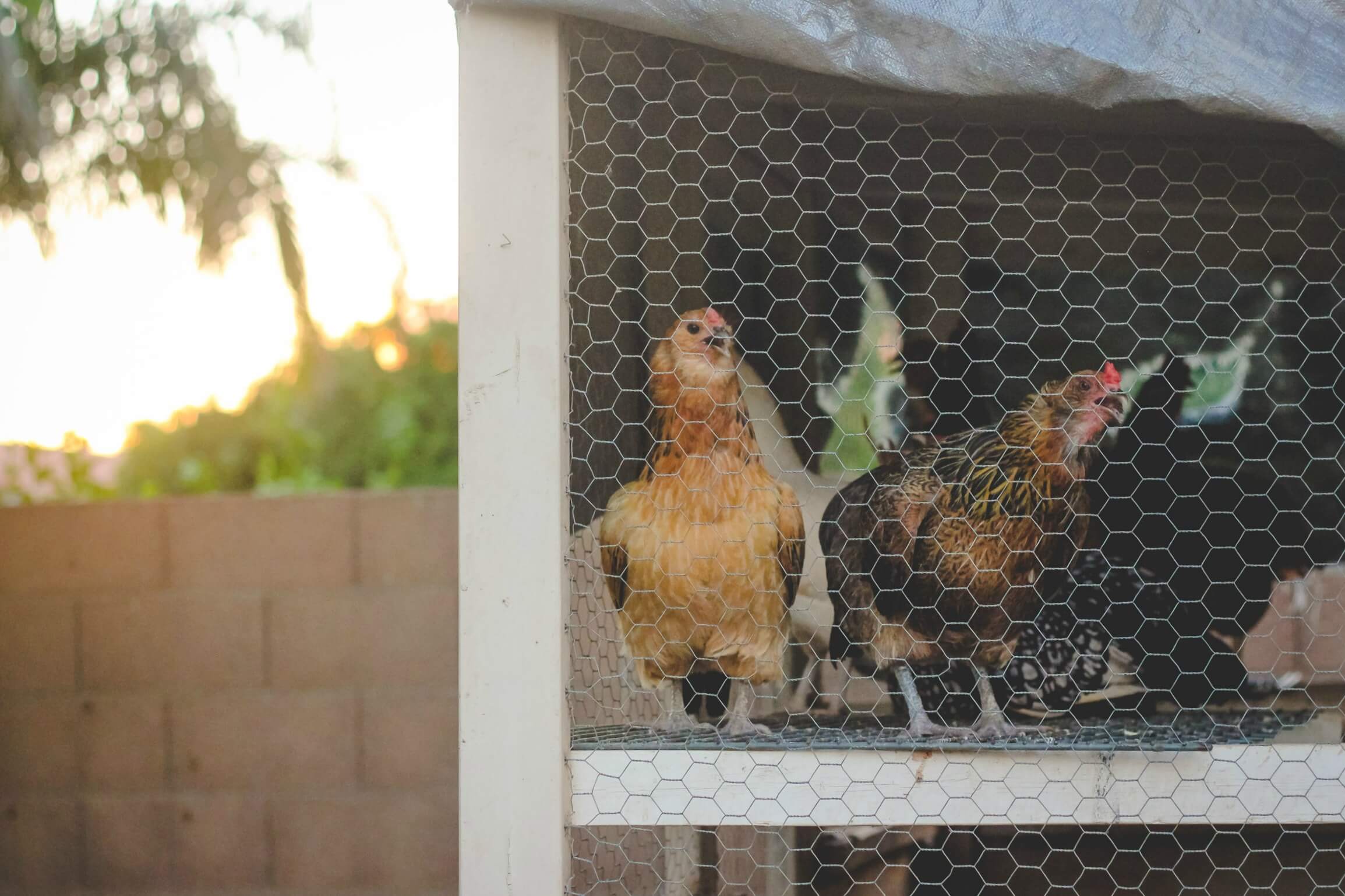
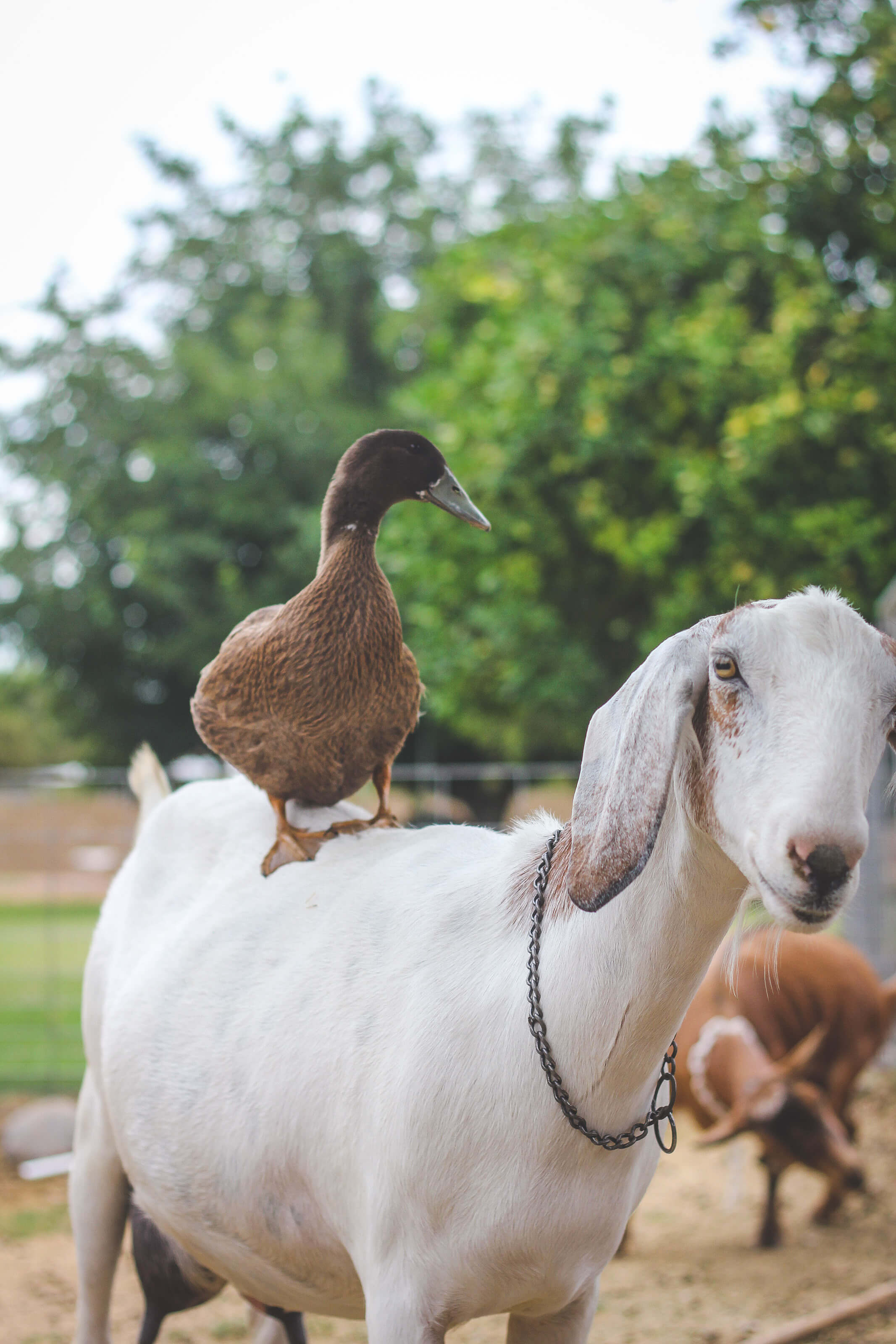

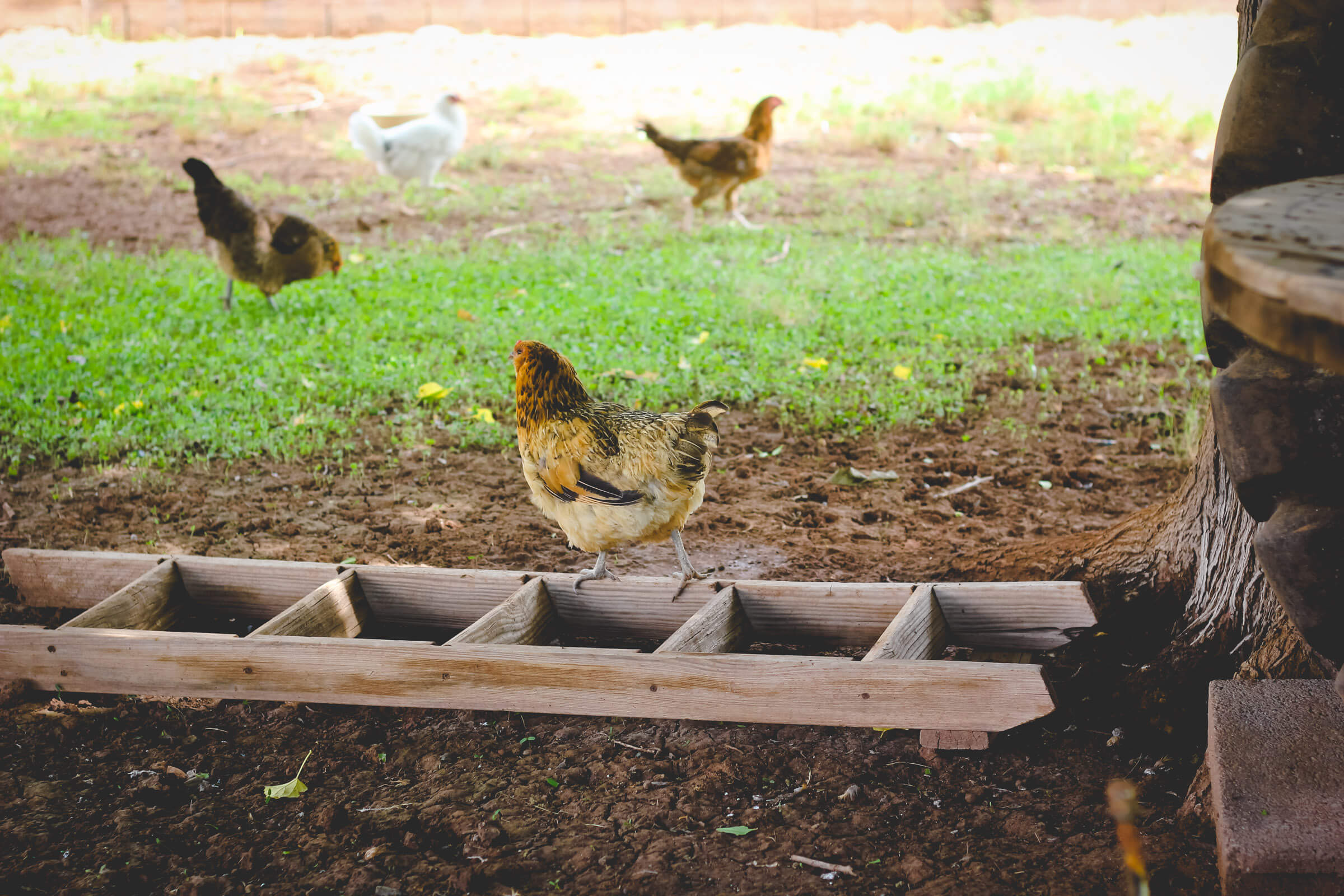
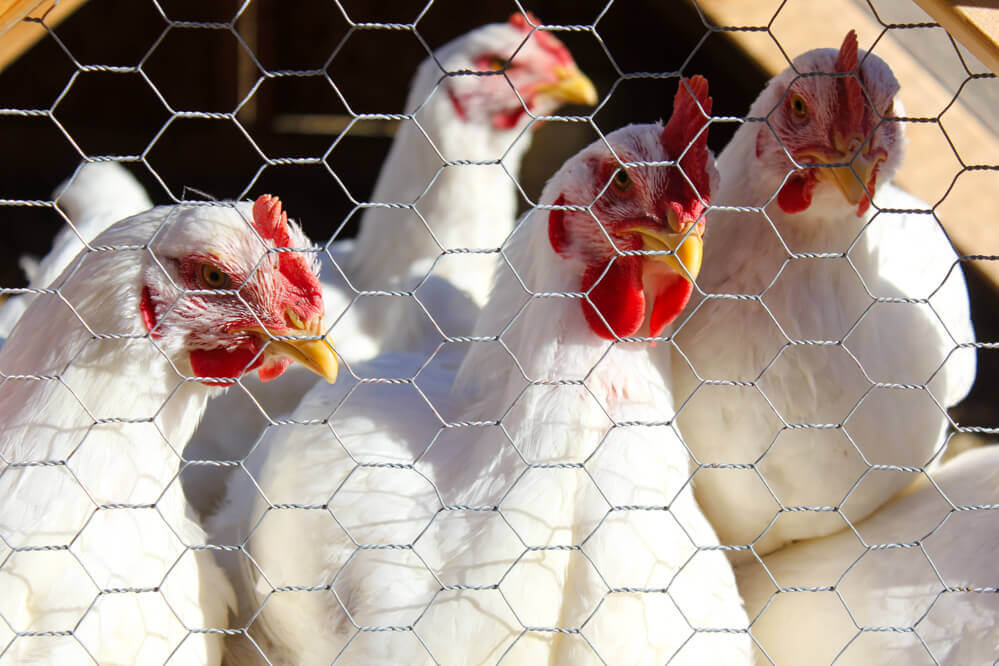

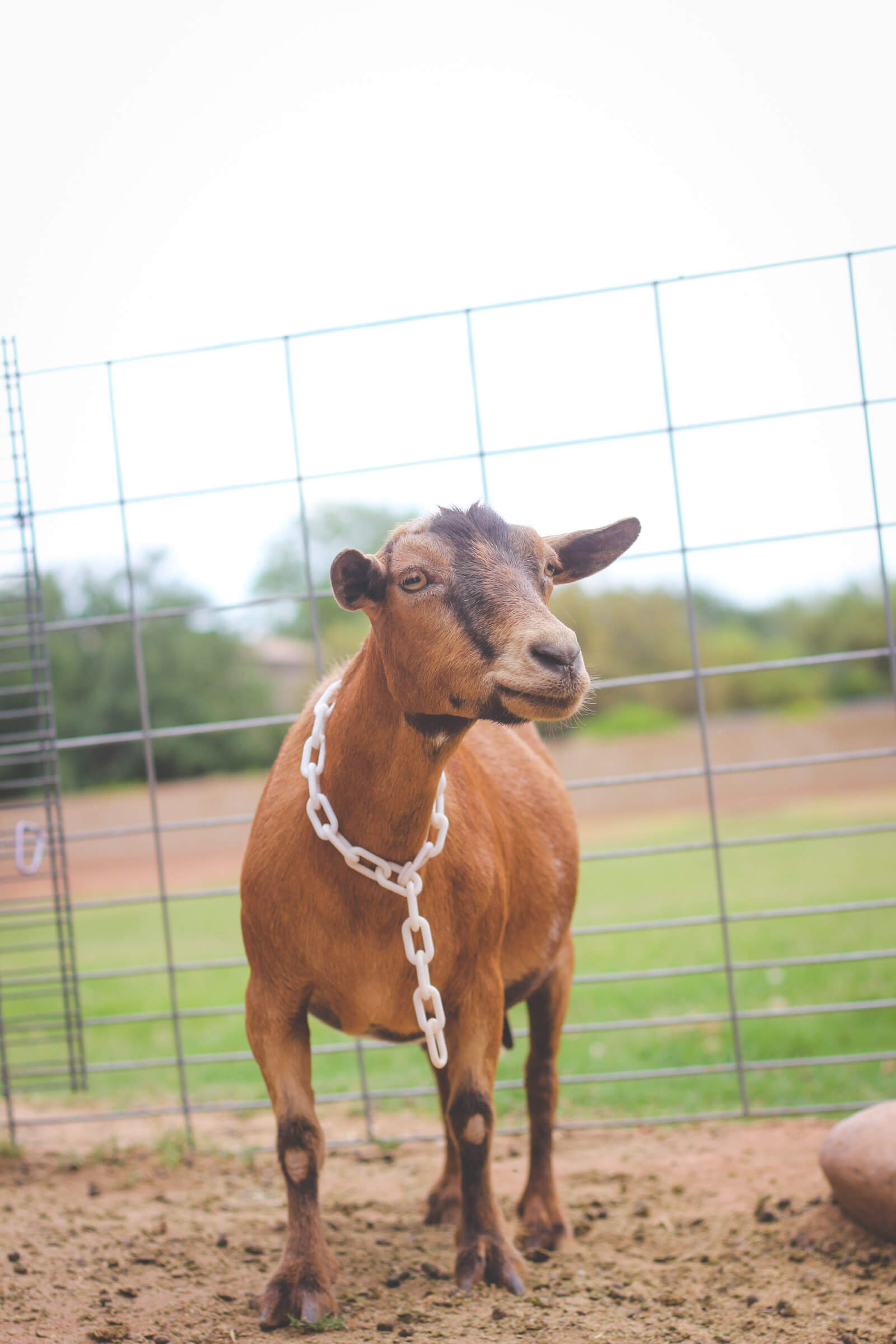
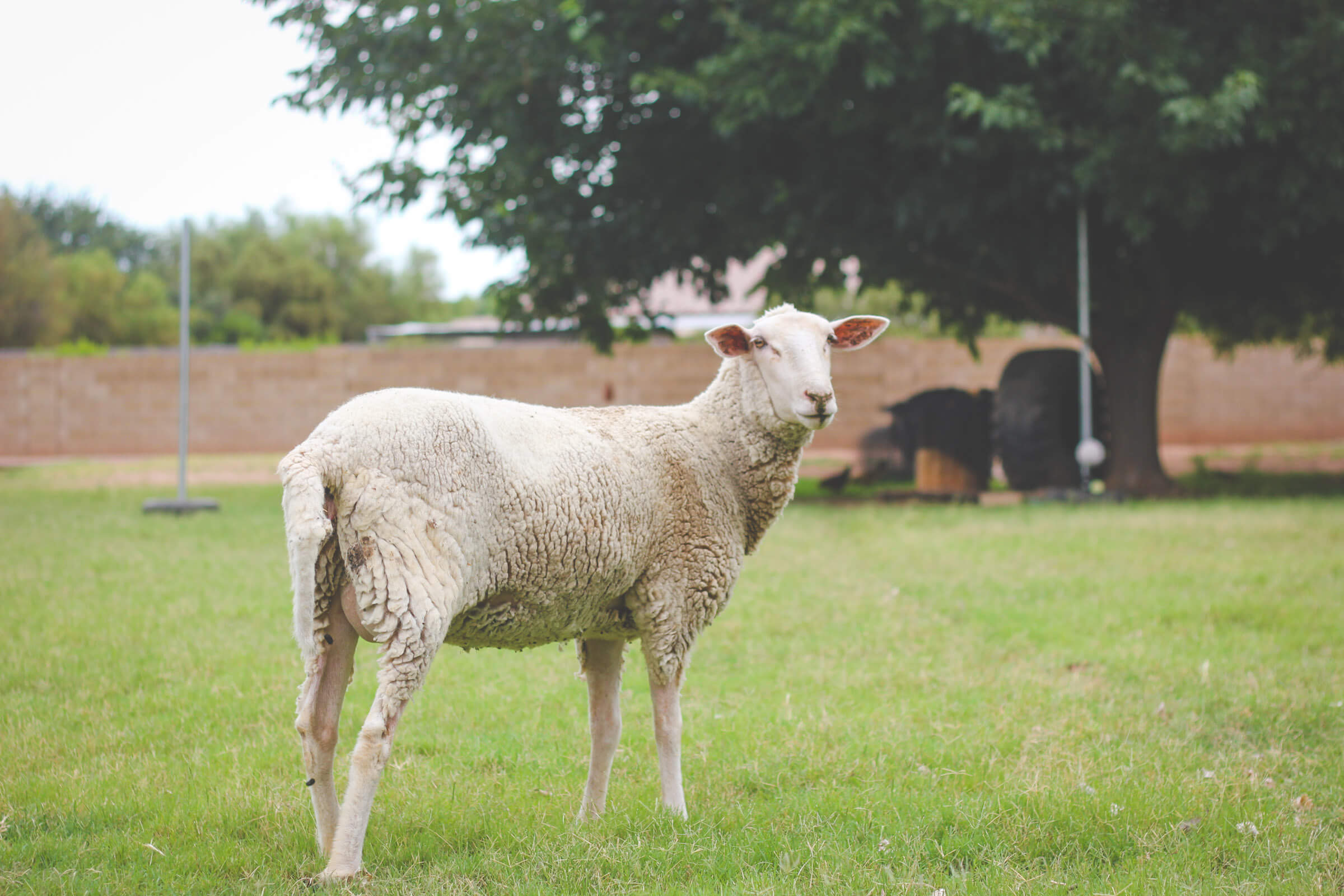
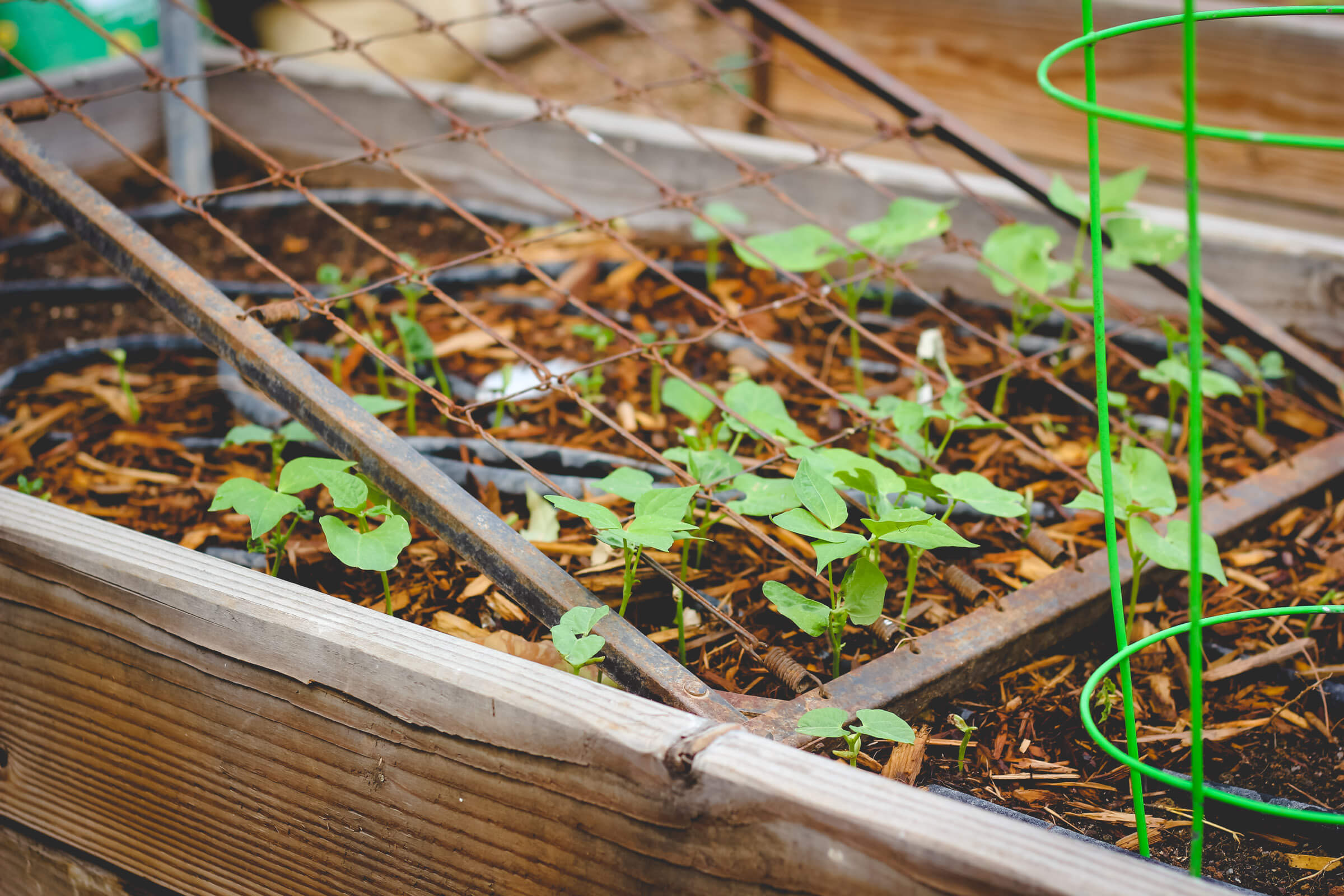
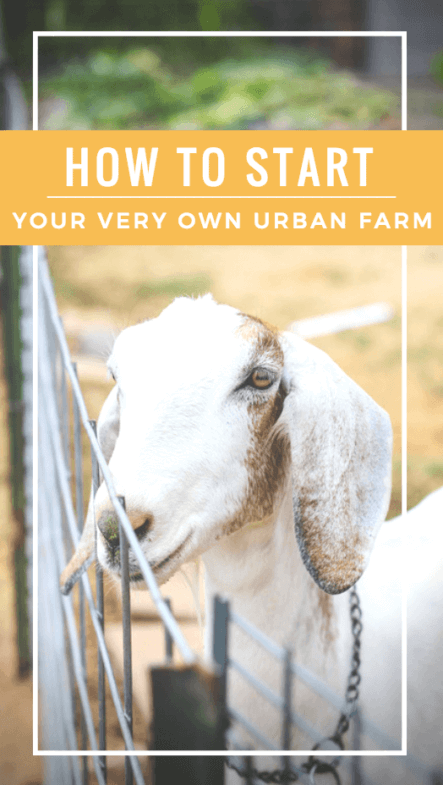
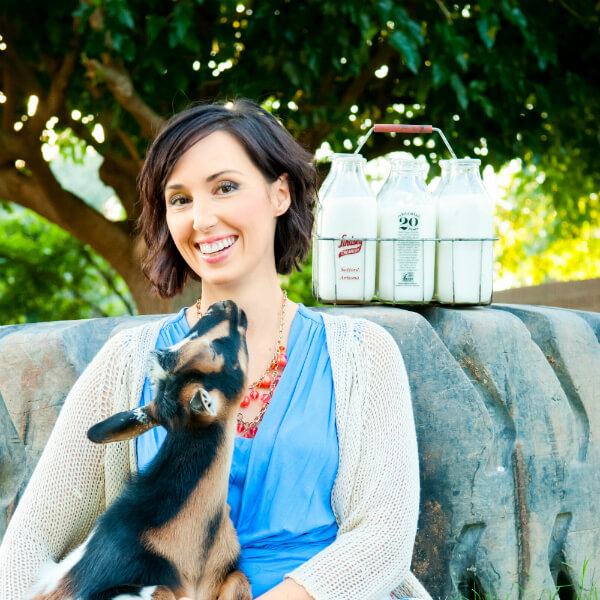
Wow you guys are SO self-sufficient!
Wow you and your family are amazing! Just wondering, how self reliant are y’all and how often y’all have to go to the store to buys things?
Love and blessings from Au??
Hi Hannah-
DaNelle doesn’t go to the store very often, but has things delivered a couple times a month.
Thank you -Bobbi (DaNelle’s Assistant)
How many hours a day are you out with the garden & animals?
Hi Bea-
It depends on the day, time of year, what animals need attention, and what projects are going on. At a minimum, feeding and milking and tending the garden each day takes about 1-2 hours in the morning and 1-2 hours at night. I hope that helps.
Thanks -Bobbi (DaNelle’s Assistant)
French angora rabbits are a great animal for the mini homestead because their bodies are shaped for meat production and the fiber is great to spin!
Another thing that I forgot to mention is that they’re very easy to breed. You can either have the offsprings as meat, more fiber rabbits or sell them as Woolers or meat rabbits. If you are raising them as meat rabbits, they can be easily raised on grass.
Thank you for this post! 🙂 We’re making plans now to start our urban homestead here in Alabama, on 1/3 of an acre. I am reading conflicting info on whether to let goats and chickens range together or keep them separate. Would you mind sharing your experience on that? Thank you for your time! Your whole blog is just lovely.
Such great pics…I would love to have goats. We have chickens and rabbits.
DaNelle,
What do you do with the animals if you want to go on vacation for an extended period of time- like 2 weeks, or a month? Do you have to hire someone to come stay at the farm/your house?
Thanks!
Amanda
Usually you can find local people to pay for farm help while on vacation, or you can do a trade of with other folks in your town.
Where do you buy your non gmo raised laying chicks? ?
My favorite place is https://www.purelypoultry.com/
DaNelle,
I enjoy reading your posts weekly, I have just recently bought two milk goats, and going through the process of learning how to take care of them and how to milk them! It is the best thing we have ever done.
My question is we now want to move on to raising chickens for meat, where do you get your chickens? We live in Texas. I want to do the heritage I think, they take a little longer to grow but are more nutritious is that right?
Thank you again,
Lisa
Hi Lisa, we love https://www.purelypoultry.com/
I would LOVE to raise the animals you mentioned above, but I have a problem. No, actually 8 problems called dogs. So, I suppose free range chickens are out of the question. How about goats and lambs, can they defend themselves or should I just not think about having other animals? Any thoughts?
That IS a big problem! Most people have a pasture dedicated to the goats/sheep/chickens. It can be a pain to set up initially, but well worth it!
I got my chickens! Three beautiful Silver Laced Wyandottes. Minnesota winter proofed.
Your blog has been a primary source of encouragement and resource.
Thank you
Those are so gorgeous! I’m so glad I could help!
I just started raisins milk goats. I keep coming back to your cost breakdowns and supplies DaNelle, for a great reference. Our climate is similar to yours too, so I love seeing how you schedule your year. Thanks for all this great information.
Thanks, Julie!